American sign language club travels Penn Lincoln Elementary
Senior Adyan Roland shows how to say “I love you” in sign language.
Senior Adyan Roland is president of the American Sign Language club, but her experience with ASL doesn’t stop when she leaves the school. Roland has a younger brother, freshman Sean Roland, who has a condition called C.H.A.R.G.E. syndrome. About 1 in 8,500 people are affected with CHARGE syndrome, according to the National Library of Medicine. Roland’s brother having this condition has only fueled her motivation to learn and become involved with ASL.
“I knew some signs since I was around 5-years-old,” Roland said. “This affects his hearing daily. When we were little, my parents were not sure if he would be able to hear in the future, which would affect how we would communicate with him and one another.”
ASL is another language people have the opportunity to learn in schools or in their communities. Several students during the 2021-2022 school year came up with the idea to start the ASL club. This club can allow deaf and hard of hearing students to feel more comfortable and welcome at the school.
“I think ASL impacts students like any other additional language. It provides a way of communicating and expressing your thoughts and ideas to other people. Knowing ASL can be even more beneficial and has a direct impact on student inclusion. Students who use sign language to communicate or students who know ASL as a second language may only have the current opportunity to sign to very few adults. Enabling members of the student body to gain communication through sign could impact students more than signing adults,“ co-adviser Anna Gutshall said.
Having the knowledge of deaf culture and sign language is important to co-adviser Shelby Lenhart.
“It is a chance to teach students about a different culture or perspective. It is an opportunity to learn about careers in interpreting, deaf education, speech language pathology and special education,” Lenhart said.
“It is very effective for future jobs that might interest or require signing for children or senior citizens. I also strongly believe teachers and staff should be required to learn basic signs so they are able to communicate with our special needs students in the classroom. Some students are nonverbal, deaf or hard of hearing and do not always want to be told “Hi” but rather ‘Wow! Your shirt is super cool,’” Roland said.
The ASL club will travel to Penn Lincoln to teach younger students basic sign language. Roland doesn’t want to stop just there, she wishes to expand more.
“I love the idea of expanding. Not only to Penn Lincoln, but to other elementary schools as well. Children in elementary schools are able to learn a new language and remember it for the rest of their lives,” Roland said. “The brain reciprocates information by the age of five, leading them to know how to sign with their peers who also might be deaf or hard of hearing. This is very useful as children grow throughout their school years because you learn how to communicate and not judge of someone who might have a disability.”
The ASL club wants to do everything possible to help ensure that all deaf or hard of hearing students feel welcomed and at home at school.
“I work with students who rely at times on alternate communication and experience hearing language differently. I think this brings a certain significance. Being deaf or hard of hearing can sometimes be lonely if you don’t have 100 percent access to the same communication as your peers. I hope more and more people who use ASL or who have an understanding of deaf culture and community emerge to help provide accessibility to all different communicators. I encourage them to ask questions and get to know other students that are different from them,” Gutshall said.

Hi! My name is Kirstyn Hood. This is my second year in the journalism program, and my first year of the AAHS Mountain Echo staff. I have enjoyed writing...


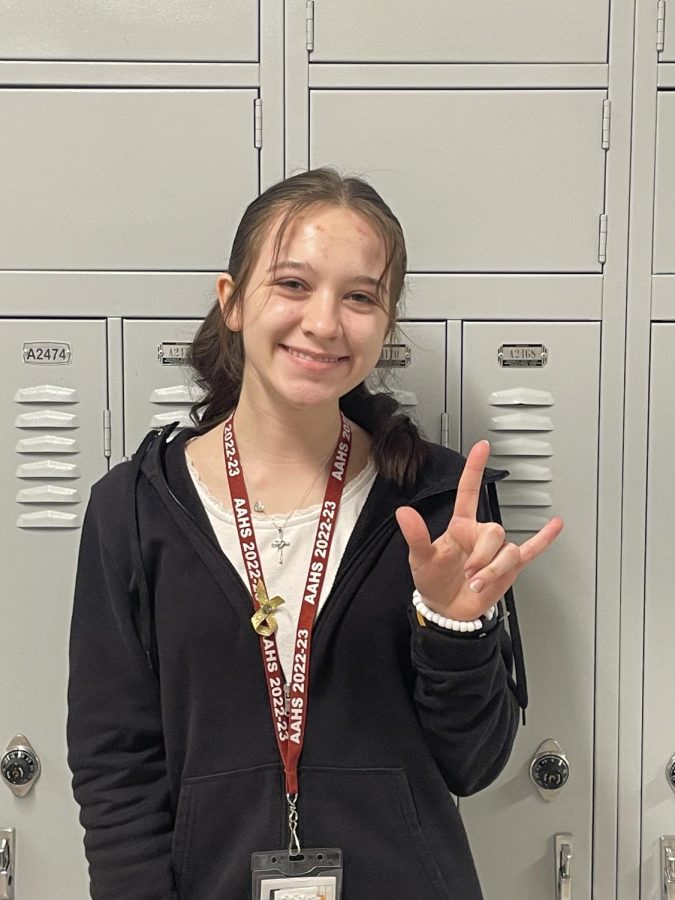


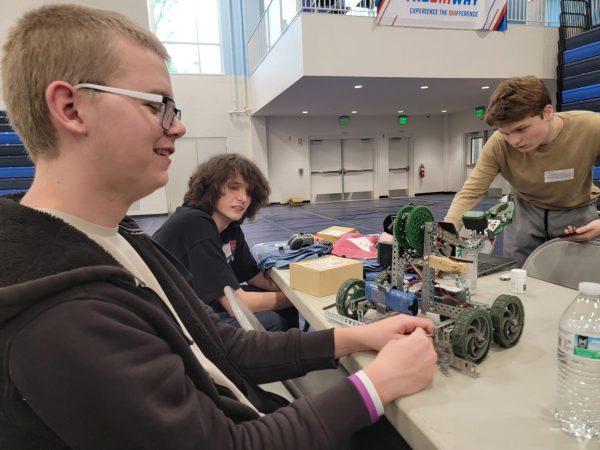


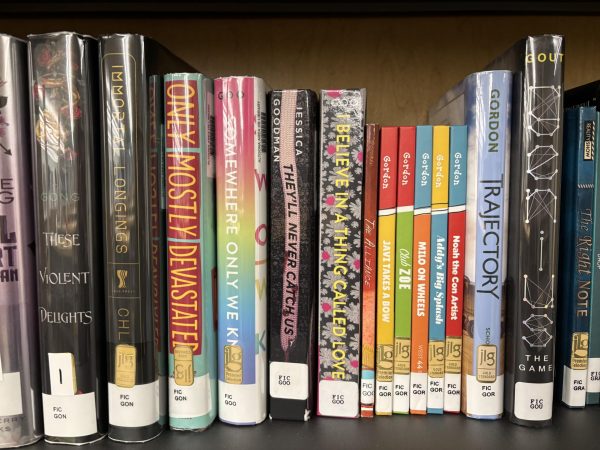


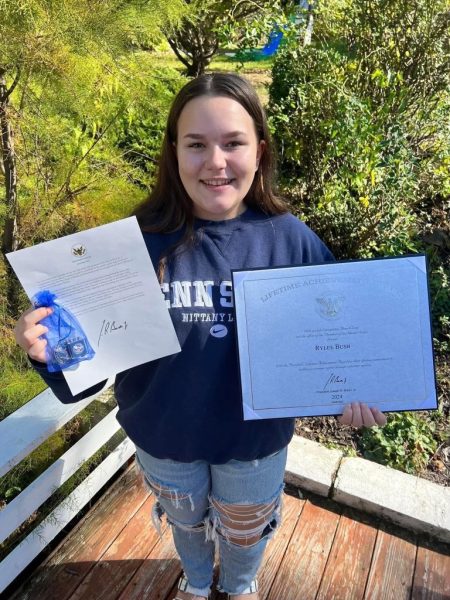
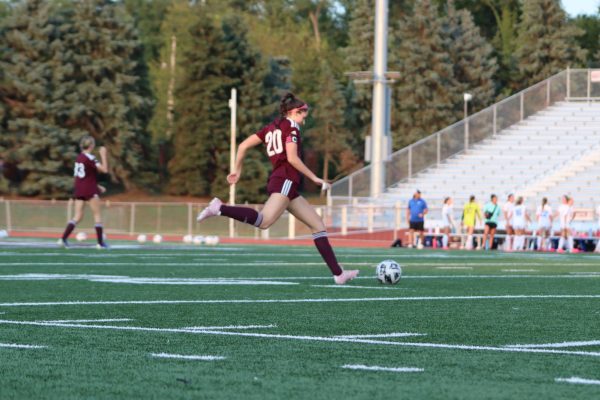
Madalyn Miller • Feb 7, 2023 at 2:57 pm
A wonderful article Kirstyn! Very well written!!